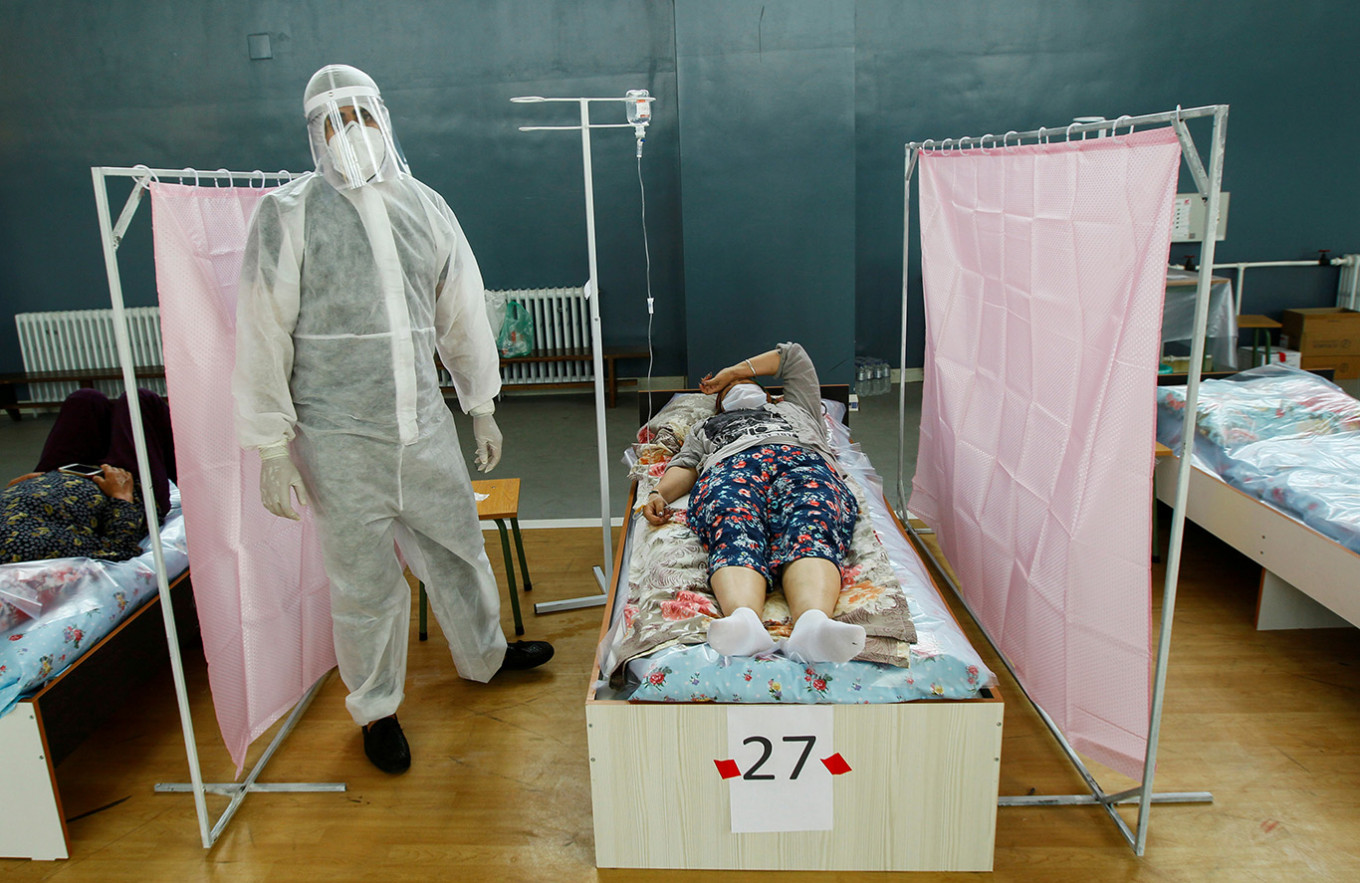
British scientists analyzing data from a widely used COVID-19 symptom tracking app have found that there are six different types of the disease, each distinguished by a group of symptoms.
A team from King’s College London found that all six types also correlate with levels of severity of infection and the likelihood that a patient will need help breathing, such as oxygen or ventilator treatment, if they are hospitalized.
The findings could help doctors predict which COVID-19 patients are most at risk and likely to need hospital care in future waves of the epidemic.
“If you can predict who these people are on the fifth day, you have time to provide support and early interventions, such as monitoring oxygen and blood sugar levels, and making sure they are adequately hydrated,” said Claire Steves, a doctor who co-directed the study.
In addition to cough, fever, and loss of smell, often highlighted as three key symptoms of COVID-19, the app data showed others, such as headaches, muscle aches, fatigue, diarrhea, confusion, loss of appetite and shortness of breath.
The results also varied significantly; some had mild flu-like symptoms or a rash, and others suffered acute symptoms or died.
Also read: More deaths among probable cases than confirmed cases of COVID-19 in Java: WHO
The study, published online Friday but not reviewed by independent experts, described the six types of COVID-19 as:
- ‘Flu’ without fever: headache, loss of smell, muscle aches, cough, sore throat, chest pain, no fever.
- Flu with fever: headache, loss of smell, cough, sore throat, hoarseness, fever, loss of appetite.
- Gastrointestinal: headache, loss of smell, loss of appetite, diarrhea, sore throat, chest pain, no cough.
- Level one severe, fatigue: headache, loss of smell, cough, fever, hoarseness, chest pain, fatigue.
- Severe level two, confusion: headache, loss of smell, loss of appetite, cough, fever, hoarseness, sore throat, chest pain, fatigue, confusion, muscle pain.
- Severe, abdominal and respiratory level three: headache, loss of smell, loss of appetite, cough, fever, hoarseness, sore throat, chest pain, fatigue, confusion, muscle pain, shortness of breath, diarrhea, abdominal pain.
Patients with level 4,5 and 6 types were more likely to be admitted to the hospital and more likely to need respiratory assistance, the researchers said.
Your premium period will be expire in 0 day (s)
close x

Sign up for unlimited access Get 50% discount now
.